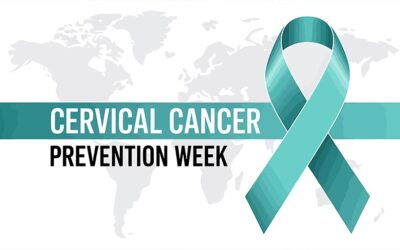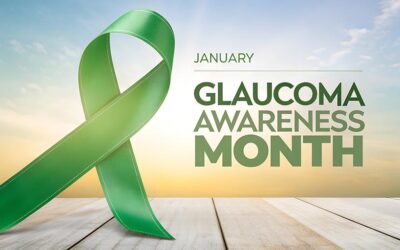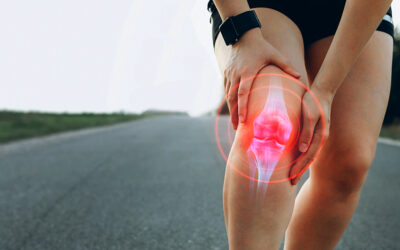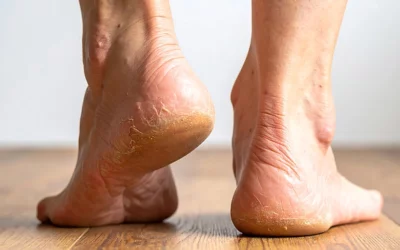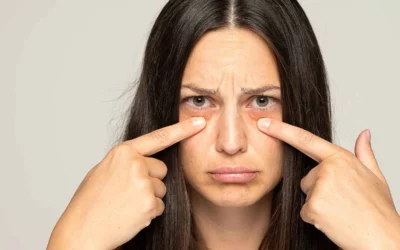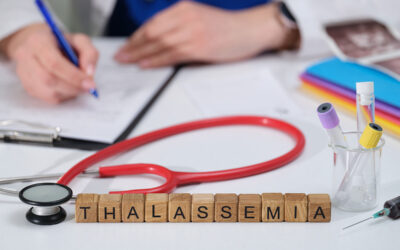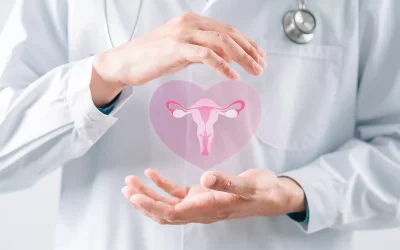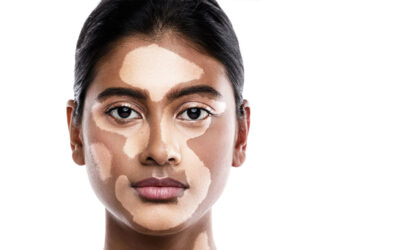Breast Self-Examination Steps & Age-Wise Screening Guidelines Every Woman Should Know
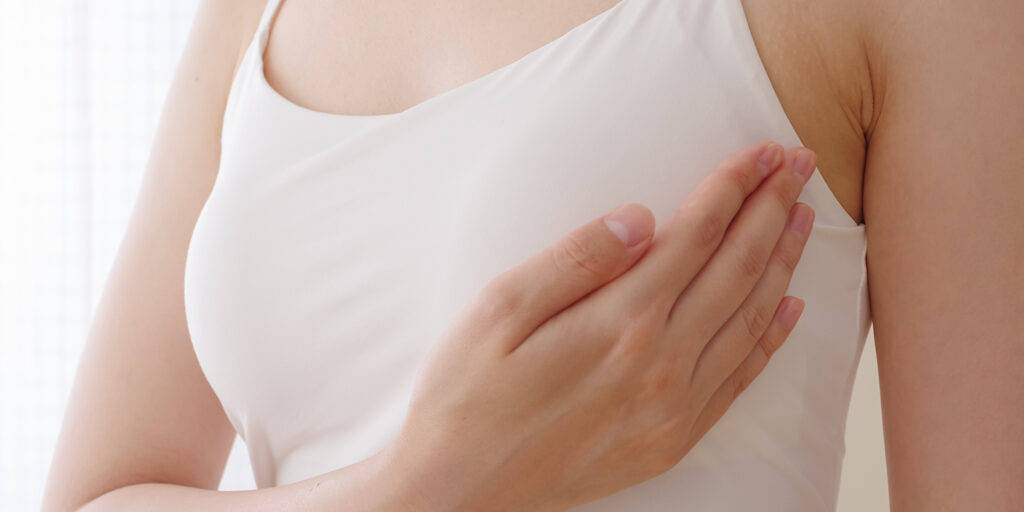
Breast health is an essential part of a woman’s overall well-being, yet it is often overlooked until a visible problem arises. While advanced breast cancer screening tools such as mammograms and ultrasounds play a vital role in diagnosis, regular breast self-examination (BSE) remains a simple practice that helps women notice any unusual changes early. Combined with age-appropriate medical screenings, it forms the foundation of proactive breast health. In this article, we’ll cover how to perform a breast self-examination, the key signs to look out for, and age-wise breast screening guidelines to help with early detection and timely care.
Table of Contents
ToggleWhat is Breast Self-Examination and Why it Matters
Breast self-examination (BSE) is a simple, hands-on technique used to check the breasts for any unusual changes, such as lumps, swelling, or skin irregularities. It involves both looking at and feeling the breasts regularly to become familiar with their normal appearance and texture. This self-awareness helps in identifying any new or concerning changes early.
Although BSE is not a replacement for clinical screening methods such as mammograms or breast ultrasounds, it plays an important role in breast health awareness. Women who practise regular self-examination are often more likely to notice subtle changes and seek timely medical advice, which can lead to earlier diagnosis and better outcomes.
BSE is particularly valuable in settings where access to regular screenings may be limited. It empowers women to take an active role in their health and supports the habit of being attentive to one’s body. Ideally, it should be performed once a month, preferably a few days after the menstrual cycle ends, or on a fixed date each month for postmenopausal women.
Incorporating BSE into a regular health routine, alongside professional screenings, encourages a proactive approach to breast health and can make a real difference in early detection.
Step-by-Step Breast Self-Examination Procedure
Performing a breast self-examination (BSE) takes only a few minutes and can be done at home without any special equipment. It involves both visual observation and physical palpation to check for any changes in the breast tissue.
Here are the recommended steps:
Step 1: Visual Check in Front of a Mirror
Stand undressed from the waist up in front of a mirror with your arms relaxed by your sides. Look for:
- Changes in breast shape, size, or symmetry
- Skin dimpling, puckering, or redness
- Visible swelling or lumps
- Nipple inversion or unusual discharge
Repeat this step with arms raised overhead and again with hands pressed on hips and chest muscles tightened, looking for any changes in contour or appearance.
Step 2: Manual Examination While Lying Down
Lie flat on your back with a pillow under your right shoulder and your right arm behind your head. Use the pads of the fingers on your left hand to feel your right breast in small circular motions, covering the entire breast area from collarbone to upper abdomen and side to side. Use light, medium, and firm pressure.
Repeat the process for the left breast using your right hand.
Step 3: Manual Examination While Standing or in the Shower
Many women find it easier to detect changes when the skin is wet. While in the shower, raise one arm and use the opposite hand to feel the breast using the same circular motion technique described above. Cover the entire breast and underarm area.
If any unusual lump, hardness, or persistent pain is detected, or if there is any nipple discharge, it’s important to consult a doctor for further evaluation.
Types of Breast Self-Examinations
Breast self-examination can be performed in different ways, depending on what feels most comfortable and effective for the individual. The goal is to ensure thorough and consistent checking of both breasts and the surrounding tissue.
1. Visual Examination
This involves observing the breasts in front of a mirror to identify any visible changes in size, shape, symmetry, skin texture, or nipple appearance. It is usually done while standing, with arms in different positions—relaxed, raised, and on the hips.
2. Manual Examination (Lying Down)
This method allows the breast tissue to spread evenly over the chest wall, making it easier to detect lumps or abnormalities. Using circular motions with varying pressure, the breast is checked systematically from top to bottom and side to centre.
3. Manual Examination (Standing or Shower Check)
Often done during bathing, this method uses the same finger technique as the lying-down exam. The slipperiness of soap or water can help the fingers glide smoothly, making it easier to feel any changes.
4. Breast Self-Examination During Pregnancy
During pregnancy, hormonal changes can make the breasts feel fuller or more tender. While this is normal, regular gentle self-breast exams help in distinguishing between expected changes and any unusual lumps or hard areas that may need medical attention. It’s advisable to continue BSE throughout pregnancy, especially if there’s a family history of breast cancer.
Practising BSE in more than one position can help ensure that no area is missed, especially the upper outer part of the breast and the armpit area where lymph nodes are located.
Signs That May Indicate a Breast Problem
While many breast changes are harmless and related to hormonal fluctuations, certain signs should never be ignored. Detecting these changes early, whether during a self-breast exam or by chance, can lead to prompt evaluation and treatment, if needed.
Common warning signs include:
- A lump in the breast or underarm that feels hard or fixed in place
- Changes in breast shape or size not related to the menstrual cycle
- Skin changes, such as dimpling, puckering, redness, or thickening (sometimes resembling an orange peel)
- Nipple changes, including inversion, discharge (especially bloody or clear), or persistent scaling
- Unexplained pain or discomfort in one breast that does not resolve
- Swelling or warmth in part of the breast
These symptoms do not always indicate cancer, but they do require evaluation by a breast cancer specialist, gynaecologist, or healthcare provider. It’s especially important to seek medical advice if the changes persist for more than a few weeks or seem to worsen over time.
Age-Wise Breast Screening Guidelines
While breast self-examination is a valuable personal practice, medical screenings remain essential for the early detection of breast cancer—especially as age and risk factors increase. The type and frequency of breast screening vary depending on a woman’s age, family history, and individual health status.
In Your 20s to Early 30s
- Begin monthly breast self-examination (BSE) to become familiar with normal breast tissue
- Schedule a clinical breast exam (CBE) by a doctor every 2–3 years
- Discuss family history with a healthcare provider to assess early risk
Ages 40 to 49
- Continue monthly BSE
- Annual clinical breast exam
- Begin mammogram screening annually or biennially, especially if there are risk factors such as a family history of breast cancer
- In some cases, a breast ultrasound may be recommended for dense breast tissue
Ages 50 and Above
- Annual or biennial mammograms as per doctor’s advice
- Yearly clinical breast exams
- BSE remains helpful but should be supported by formal screening
- Additional imaging such as breast ultrasound or MRI may be recommended for high-risk individuals
Women with a strong family history of breast or ovarian cancer, BRCA gene mutations, or previous chest radiation may require earlier and more frequent screenings under a doctor’s guidance.
Diagnostic Tools Used in Breast Screening
Medical screening tools play a vital role in detecting breast changes that may not be visible or felt during a self-exam. These tests help in early diagnosis and form the foundation of preventive breast health care.
Mammogram Test
A mammogram is a low-dose X-ray used to detect abnormal tissue or masses in the breast, often before they can be felt. It is the most effective tool for early detection of breast cancer, especially in women aged 40 and above. Routine mammograms are recommended every 1–2 years based on age and risk factors.
Breast Ultrasound
This imaging test uses sound waves to examine breast tissue. It is especially useful in women with dense breasts, where a mammogram alone may not give a clear view. It is also used to evaluate lumps or abnormalities found during a clinical exam or mammogram.
Clinical Breast Exam (CBE)
Performed by a trained doctor or gynaecologist, this physical examination helps detect lumps, thickening, or other suspicious changes. It complements imaging tests and is usually part of a routine women’s health check-up.
How to Maintain Breast Health Across All Ages
Taking care of breast health is a lifelong commitment. While age and genetics are factors that cannot be changed, several lifestyle habits and preventive measures can reduce the risk of breast-related issues and support early detection.
Monthly Breast Self-Examination
Continue BSE from your 20s onward to stay familiar with your body and quickly notice any changes. This simple habit builds long-term awareness and confidence in managing breast health.
Healthy Diet and Regular Exercise
A balanced diet rich in fruits, vegetables, whole grains, and healthy fats supports hormone balance and reduces inflammation. Regular physical activity helps maintain a healthy weight, which is known to lower the risk of breast cancer.
Limit Alcohol and Avoid Tobacco
Alcohol consumption has been linked to increased breast cancer risk. Smoking should also be avoided as it may contribute to overall cancer risk.
Schedule Regular Women’s Health Check-Ups
Include clinical breast exams in routine check-ups, especially if there is a family history of breast disease. Regular screenings such as mammogram tests, breast ultrasounds, or oncology screening are vital for women above 40 or those at higher risk.
Manage Hormonal Risks
Speak with your doctor about the risks of hormone replacement therapy or long-term use of oral contraceptives, especially if there’s a strong family history of breast cancer.
By combining lifestyle awareness with regular screenings, women can significantly reduce the likelihood of late-stage detection and ensure timely medical intervention if needed.
Why Choose Graphic Era Hospital for Breast Health Screening
At Graphic Era Hospital, we believe that early detection begins with awareness, but is strengthened by access to expert care and advanced diagnostics. Our breast health services are designed to support women at every stage of life—with a strong emphasis on preventive care, accurate diagnosis, and timely treatment.
Specialist Team for Comprehensive Care
Our team includes experienced gynaecologists and breast cancer specialists who are trained to identify early signs of breast conditions and guide patients through appropriate screening or treatment pathways.
Advanced Diagnostic Technology
Graphic Era Hospital offers access to high-quality mammogram tests, breast ultrasounds, and clinical breast exams in a hygienic, patient-friendly environment. These services are supported by modern labs and imaging systems for faster, more accurate results.
Personalised, Patient-Centred Approach
Every woman’s health journey is unique. Our care model focuses on comfort, dignity, and clear communication. Whether it’s a routine breast check-up or an oncology consultation, patients are supported with compassion and clinical excellence.
For those in and around Dehradun, Graphic Era Hospital offers a trusted, one-stop solution for breast screening, women’s health check-ups, and ongoing support.
Final Word
Being proactive about breast health can make a significant difference in detecting potential problems early, when they are most treatable. A simple monthly self-examination combined with age-appropriate screenings such as mammograms and clinical check-ups offers a strong defence against late-stage diagnosis. To book a breast check-up or consult a gynaecologist or breast cancer specialist at Graphic Era Hospital, call 18008897351 for expert guidance and timely care.
Frequently Asked Questions
How often should a breast self-exam be done?
A breast self-examination should be done once a month, ideally a few days after the menstrual period ends. Postmenopausal women can choose a fixed date each month for consistency.
What is the right age to start mammogram screening?
Mammogram screening is generally recommended starting at age 40, but women with a family history or higher risk may need to begin earlier as advised by a doctor.
Can I perform a breast self-exam during pregnancy?
Yes. Although the breasts undergo changes during pregnancy, regular gentle self-exams are still useful to detect unusual lumps or changes. Any concerns should be discussed with a gynaecologist.
What should I do if I find a lump during self-examination?
Not all lumps are cancerous, but any new, hard, or persistent lump should be evaluated by a healthcare provider or breast cancer specialist for further assessment.
Is breast pain always a sign of cancer?
No. Breast pain is usually related to hormonal changes or benign conditions. However, persistent pain in one area should be checked by a doctor, especially if accompanied by other symptoms.
What are the correct breast self-examination steps?
The basic steps include visual inspection in front of a mirror, manual palpation while lying down, and checking in the shower. Use the finger pads in a circular motion to feel for lumps or changes in breast tissue.
When should breast cancer screening begin?
Breast cancer screening typically starts at age 40, with mammograms recommended every 1–2 years. Women with higher risk factors may need to begin earlier, as advised by their doctor.
How is a self-breast exam different from a clinical breast exam?
A self-breast exam is done at home by the individual, while a clinical breast exam is performed by a healthcare professional. Both are important for early detection but do not replace the need for mammograms.
How to check for breast lumps at home?
Use your fingertips to gently press and move in small circles over the entire breast area, including the armpits. Check for any hard, immovable lumps or thickening. Perform this once a month, ideally a few days after your period ends.
Is breast self-examination alone enough to detect breast cancer?
No, while BSE helps in spotting early changes, it does not replace professional screening. Mammograms and clinical check-ups remain essential, especially for women over 40 or those with a family history of breast cancer.
Where can I get a breast check-up near me?
If you are in or around Dehradun, you can visit Graphic Era Hospital for a comprehensive breast check-up, including clinical examination, imaging, and expert consultation.
By Specialities
- Bariatric Surgery
- Cancer Care
- Cardiology
- Dental
- Dermatology
- Diabetes & Endocrinology
- Endocrinology and Diabetes
- ENT (Ear Nose Throat)
- Eye Care
- Gastroenterology
- Haematology
- Health Care
- Health Tips
- Hematology
- Hepatology
- Internal Medicine
- Mental Health and Behavioural Sciences
- Metabolic
- Neonatology
- Nephrology
- Neurology
- Nutrition & Dietetics
- Obstetrics & Gynaecology
- Oncology
- Ophthalmology
- Orthopaedics
- Paediatric
- Physiotherapy & Rehabilitation
- Plastic and Reconstructive Surgery
- Psychology
- Pulmonology
- Rheumatology
- Spine
- Urology
Recent Posts
- Cervical Cancer Prevention Week 2026: A Global Call to Prioritise Cervical Health
- World Leprosy Day 2026: Why Awareness is Still Important Today
- What is a Stroke: Causes, Symptoms & Treatment
- Glaucoma Awareness Month 2026 : Raising Awareness to Prioritise Eye Health
- Understanding Menopause: Stages, Symptoms, and Management
Need expert medical advice?
Share your details and our healthcare specialists will reach out to assist you.
By proceeding, you acknowledge and agree to our Privacy Policy, Terms of Use, and Disclaimer.
